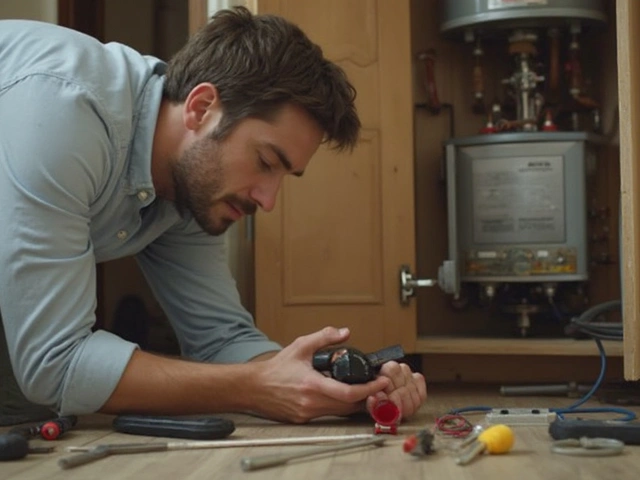Least Repairs: Knowing When a Fix Isn't Worth It
We've all been there – a broken dishwasher, a humming fridge, or a stove that won’t heat. The first instinct is to call a repair service, but sometimes that call costs more than a brand‑new unit. This guide helps you spot the jobs where a repair is the "least" solution and shows you a smarter way forward.
How to Spot a Repair That's Not Worth It
Look at the age of the appliance. If it’s more than 8‑10 years old, parts may be scarce and labor rates rise. A 12‑year‑old fridge that’s leaking coolant is often cheaper to replace than to hunt down a rare seal.
Next, consider the cost of the fix. Most reputable technicians will quote a price before starting. If the estimate is close to—or exceeds—the price of a comparable new model, it’s a clear sign to think about replacement.
Energy efficiency is another clue. Older appliances can waste a lot of power, driving up your bills. Even a modest upgrade to a modern, energy‑star unit can pay for itself within a few years.
Frequent breakdowns also point to a dying machine. One repair followed by another within months suggests the core components are failing. Instead of playing whack‑a‑mole with parts, a new appliance offers peace of mind.
Smart Steps Before You Replace
First, measure the space. Take width, height, and depth of the old unit and compare it to the specs of any replacement you’re eyeing. This avoids a frustrating delivery surprise.
Second, read reviews. Look for real‑world feedback on reliability, noise, and after‑sales service. A cheap price tag isn’t worth it if the model breaks down in a year.
Third, check for rebates or green incentives. Many utilities offer discounts for swapping to high‑efficiency models, which can shave a good chunk off the total cost.
Finally, plan the disposal. Local councils often provide free bulk waste removal, or the retailer may haul away the old unit when they deliver the new one.
By following these steps, you’ll avoid the trap of endless repairs and make a decision that keeps your kitchen or laundry running smoothly without breaking the bank.
Remember, a repair isn’t always the cheapest fix. When you weigh age, cost, efficiency, and reliability, you’ll know exactly when it’s time to say goodbye to that old appliance and welcome a fresh, efficient replacement.






